The gold mines on Sado Island once made Japan the “land of gold.” With the aim of having them inscribed on the World Heritage List, the Government of Japan has nominated the mines to UNESCO. This nomination has drawn attention to their Outstanding Universal Value (OUV).
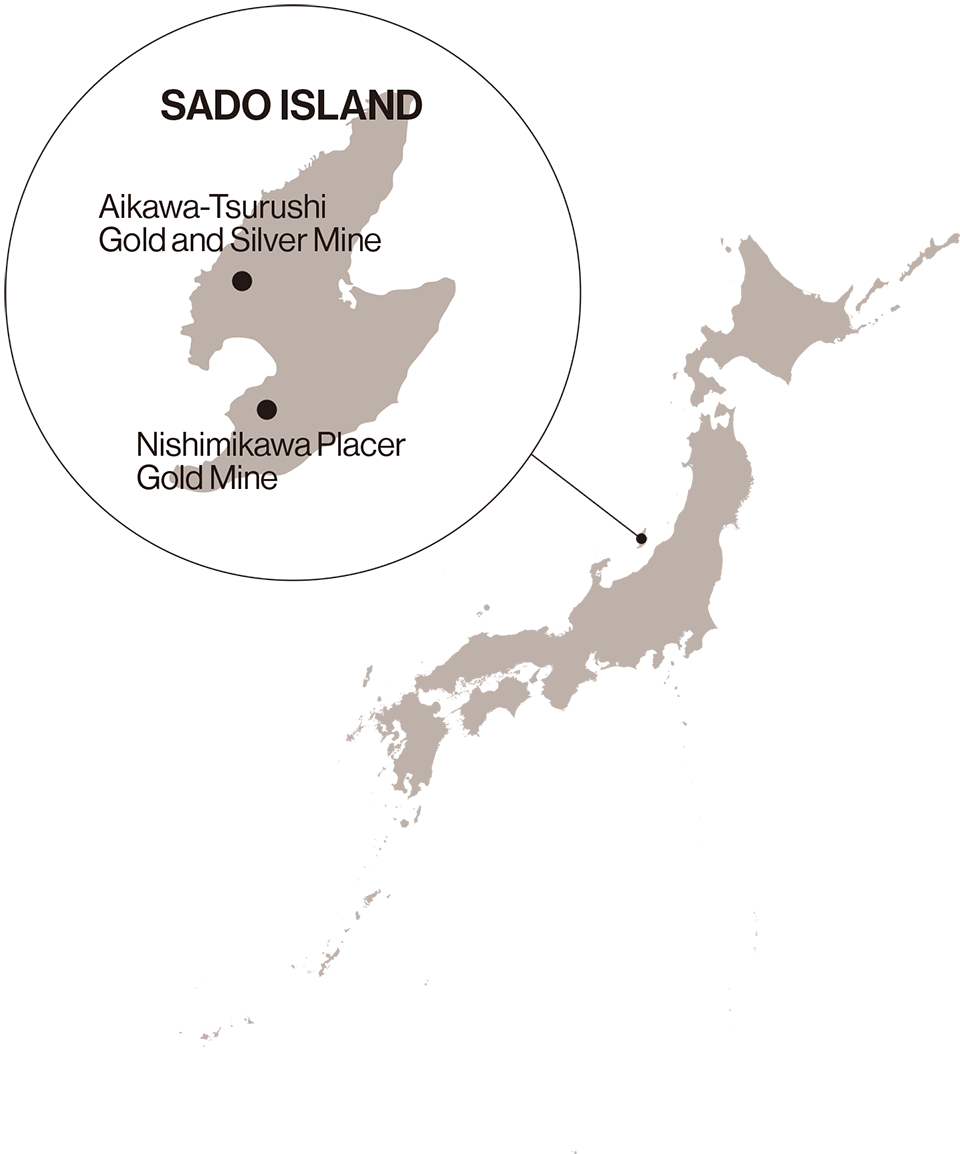
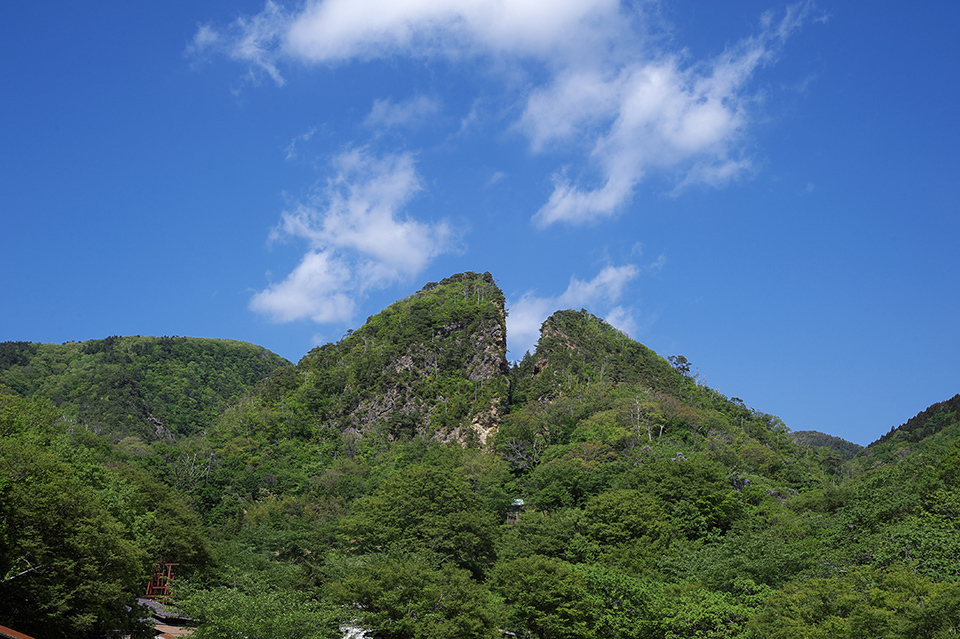
The Aikawa-Tsurushi Gold and Silver Mine. The artificial V-shaped crack running through the top of the mountain was dug 74 meters deep and 30 meters across. Experts speculate that during the Edo period, from the early 17th to the mid-19th century, miners extracted some 40 tons of gold. NISHIYAMA HOICHI
Once upon a time, Japan was known in the Western world as the “land of gold.” Gold mining in Japan actually dates back to at least the 8th century, and the country produced about 20% of the world’s gold output in the mid-17th century. The Sado Island Gold Mines, in particular, were central to Japanese gold production for many years. With its OUV, it is anticipated that the site will be inscribed on the UNESCO World Heritage List.
In June 2022, a symposium was held at the International University of Japan in Niigata Prefecture, where Sado Island is located, to publicize the cultural value of the gold mines. Sado Island, 40 km off the coast of the prefecture and covering 855 km2 in the Sea of Japan, has two types of gold deposits. The Nishimikawa area has a placer gold mine where sandy gold is found in the layers of sediment. The Aikawa-Tsurushi area, on the other hand, has lode deposits where gold lies in the veins that penetrate through the rocks. The different characteristics of these gold mines led to different mining techniques. In Nishimikawa, miners used water flowing from artificial reservoirs to extract the placer gold, while in Aikawa-Tsurushi, advanced techniques were developed for efficient mining, such as digging drainage or ventilation tunnels separately from the main tunnel.


Historical material in the form of picture scrolls depicting a series of gold production processes, from extraction to dressing, smelting, refining, and coin minting. On Sado Island, large quantities of the purest gold in the world were produced entirely by hand, rather than through the mechanized production that was advancing in the world's mines at the time. SADO CITY
The two mines were adapted to their different mining methods, not only in regard to their technical systems, but also their production systems. The Nishimikawa Mine had an unspecialized small-scale production system, in contwa-Tsurushi, which had a specialized large-scale production system. In addition, the entire production process from mining to dressing, smelting, refining, and coin minting, was conducted on the island. Barry Gamble, an international World Heritage consultant with a special interest in industrial sites and a panelist at the symposium, pointed out, “It is the gold-mining heritage and the socio-technical systems of the Edo period that make the heritage of Sado Island Gold Mines unparalleled in any other country in the world.” Gamble went on to say, “Organized by the government at the time on a massive scale, Sado Island became the largest gold mine in the world. It was important nationally, to the government, and globally, in terms of the role it played within trade.”
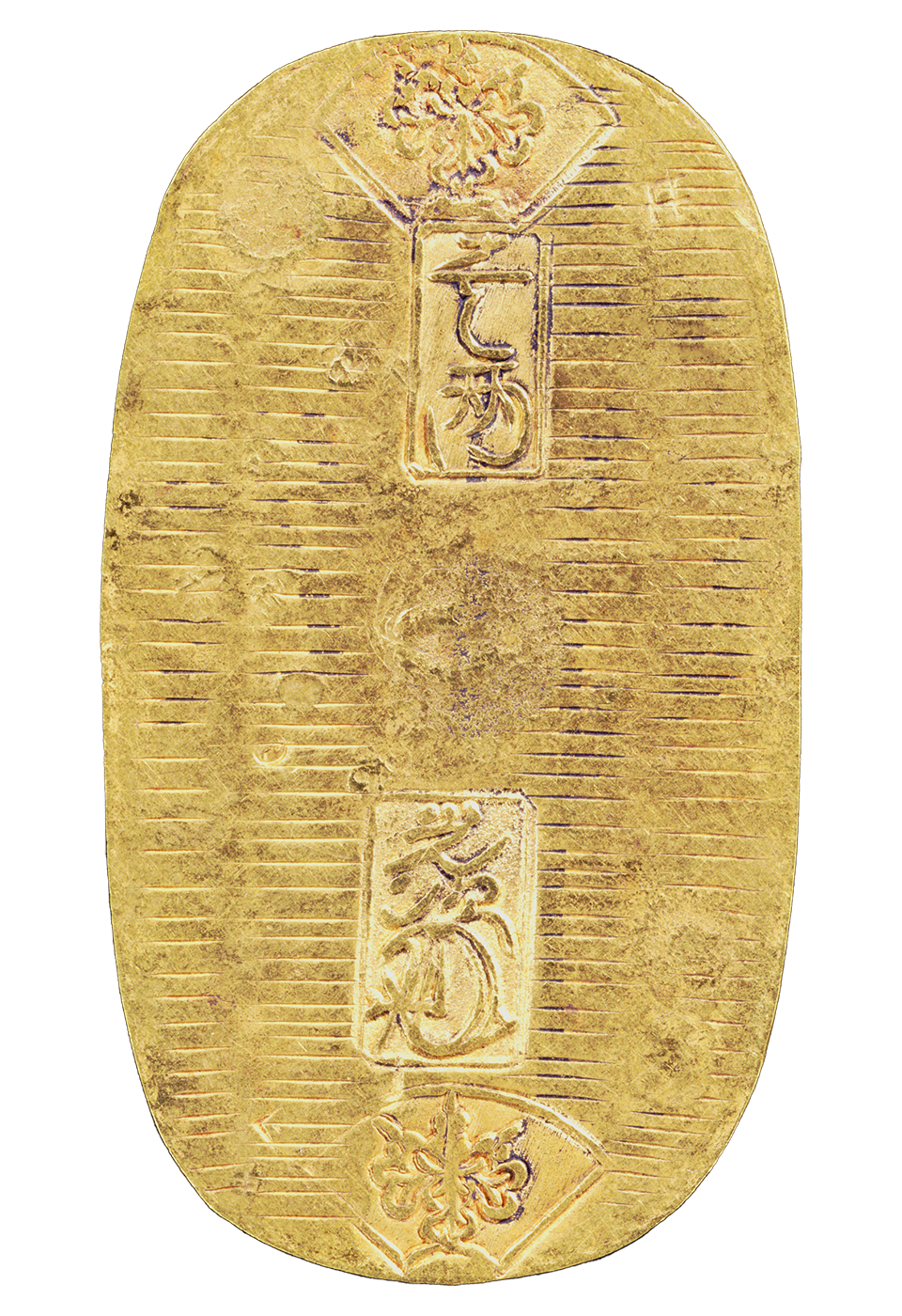
This coin was minted on Sado Island around the year 1720. COLBASE
Human resources for the island’s gold production were recruited from all over the country. Their ability to produce gold using unmechanized handicraft methods with a purity of 99.54%, higher than that of Western European gold mines of the same era that used machines and chemicals, was due to the combination and revolutionary development of traditional techniques. Settlements were built near each mine, and these also had different characteristics depending on the mine—a fact that is known thanks to their comprehensive preservation. At the symposium, OKADA Yasuyoshi, president of ICOMOS Japan, the Japanese national committee of the International Council on Monuments and Sites, explained that over 100 colorful picture scrolls depicting the mining processes from extraction to currency production are still in existence. He stated, “These scrolls are among the numerous precious materials that give us an insight into the gold mines of that time.” Another panelist, MIYATA Ryohei, a metal craft artist and former Commissioner of the Agency for Cultural Affairs, Government of Japan, from Sado Island, noted that more than 30 stages used for Noh, a traditional Japanese performing art, remain on the island. “Cultural values have spread around the island as a matter of course,” he said proudly. On the island, with cultural practices that developed around the mining industry alive to this day, people are able to witness scenes that are largely unchanged from drawings created several hundred years ago.
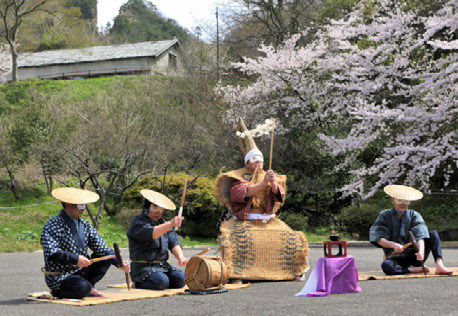
A traditional performing arts ritual offering prayers to mountain deities so as to discover soft ore containing gold and silver. SADO PERFORMING ARTS ARCHIVE
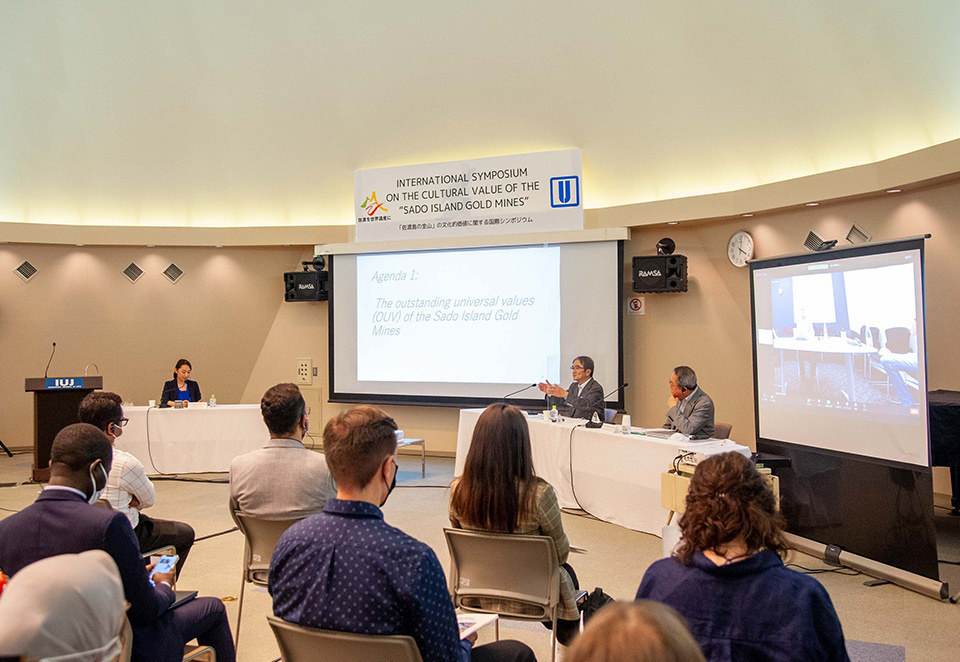
The International Symposium on the Cultural Value of the “Sado Island Gold Mines” was held in June 2022 at the International University of Japan in Niigata Prefecture. Students from various countries participated in a vibrant Q&A discussion with three panelists.
Left: A traditional performing arts ritual offering prayers to mountain deities so as to discover soft ore containing gold and silver. SADO PERFORMING ARTS ARCHIVE
Right: The International Symposium on the Cultural Value of the “Sado Island Gold Mines” was held in June 2022 at the International University of Japan in Niigata Prefecture. Students from various countries participated in a vibrant Q&A discussion with three panelists.
Today, organizations of landowners and the local community, actively participate in the preservation of the cultural heritage. The Sado Island Gold Mines provide near-complete evidence of the accomplishments of those who lived during the pinnacle of a gold production system that was founded on traditional handicrafts. There is nothing like it anywhere else. It is an exceptional cultural heritage for Japan as well as the world.































